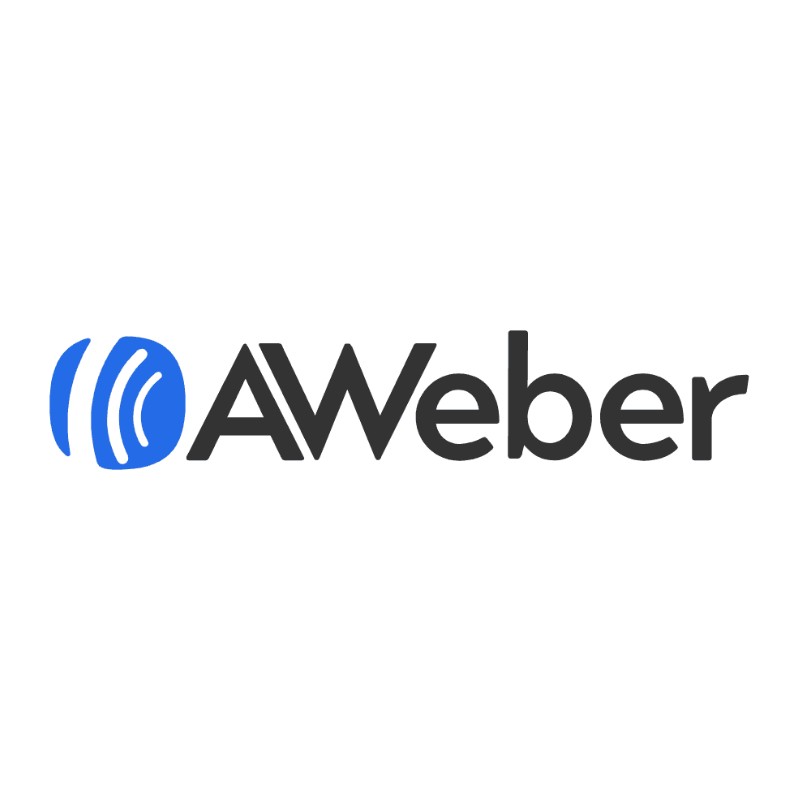FAQ'sFrequently Asked Questions about LPAR2RDD
Who are LPAR2RDD?
LPAR2RDD is a community-driven platform designed for users of IBMs Power Systems and AIX environments. It provides resources, tools, and discussions to help professionals manage their virtualised systems effectively.
What are LPAR2RDDs products?
LPAR2RDD offers a variety of products, including tools and scripts that assist in the management and monitoring of IBM Power Systems. These tools are aimed at improving efficiency and simplifying the administration of virtual environments.
What services do LPAR2RDD offer?
LPAR2RDD primarily offers community support services through forums and discussions. Users can share knowledge, ask questions, and receive guidance from peers and experts in the field.
What type of companies do LPAR2RDDs products suit?
LPAR2RDDs products are suitable for companies that utilise IBM Power Systems and AIX environments, ranging from small businesses to large enterprises that require robust systems management and virtualisation solutions.
How much does LPAR2RDDs product cost?
LPAR2RDDs tools and resources are available for free, as the platform is supported by community contributions and discussions.
Does LPAR2RDD offer a free trial?
As LPAR2RDDs resources are free, there is no need for a trial period. Users can access the tools and community support without any cost.
What discounts does LPAR2RDD offer on their products?
LPAR2RDD does not offer discounts, as all products and services are provided free of charge to the community.
Are there any hidden fees or additional costs with LPAR2RDD?
No, there are no hidden fees or additional costs associated with using LPAR2RDDs products and services.
Who uses LPAR2RDDs products?
LPAR2RDD is used by IT professionals, system administrators, and organisations that work with IBM Power Systems and AIX, seeking tools and community support for system management.
What are the main features of LPAR2RDDs products/services?
Main features include community forums for discussion, sharing of management scripts, tools for monitoring systems, and resources for learning about managing IBM Power Systems.
How does LPAR2RDD compare to its competitors?
LPAR2RDD distinguishes itself through its community-driven approach, offering free access to resources and peer support, which may not be as prevalent in commercial alternatives.
Is LPAR2RDDs platform easy to use?
Yes, LPAR2RDDs platform is designed for ease of use, with an intuitive interface that allows users to navigate forums and resources efficiently.
How easy is it to set up LPAR2RDDs product or service?
Since LPAR2RDD primarily operates through forums and does not require installation, users can easily access the platform and begin engaging with the community immediately.
Is LPAR2RDD reliable?
LPAR2RDD is considered reliable as it is supported by a strong community of users and experts who provide ongoing contributions and updates.
Does LPAR2RDD offer customer support?
LPAR2RDD does not offer traditional customer support, but users can seek help through community forums where experienced members provide guidance and assistance.
How secure is LPAR2RDD’s platform?
LPAR2RDD takes security seriously; however, users are encouraged to exercise caution when sharing sensitive information in community forums, as it is a public platform.
Does LPAR2RDD integrate with other tools or platforms?
LPAR2RDD tools can be integrated with various management and monitoring systems used in IBM Power environments, though specific integrations may vary based on user requirements.
Can I use LPAR2RDD on mobile devices?
LPAR2RDD is accessible via mobile devices, allowing users to engage with the community and access resources on the go.
What do users say about LPAR2RDD?
Users generally appreciate LPAR2RDD for its wealth of shared knowledge and support from the community, highlighting its usefulness in troubleshooting and system management.
What are the pros and cons of LPAR2RDD?
Pros: Free access to resources, strong community support, and a wealth of shared knowledge.
Cons: Lack of traditional customer support and potential variability in the quality of community contributions.
How can I purchase LPAR2RDD’s services?
LPAR2RDDs services are free and do not require a purchase. Users can simply visit the platform to access resources and community discussions.
What is the cancellation or refund policy for LPAR2RDD?
As LPAR2RDD offers free services, there is no cancellation or refund policy in place.
Who uses LPAR2RDD?
LPAR2RDD is utilised by IT professionals, system administrators, and organisations working with IBM Power Systems and AIX, looking for collaborative support and management tools.
What are the common use cases for LPAR2RDD?
Common use cases include seeking assistance with system management, sharing scripts for automation, and discussing best practices for IBM Power Systems administration.
Why choose LPAR2RDD over other options?
LPAR2RDD offers a unique community-based approach with free access to resources, making it an attractive option for those seeking collaborative support without the costs associated with commercial solutions.
How easy is it to set up LPAR2RDD?
There is no setup required for LPAR2RDD, as users can begin participating in the community immediately after visiting the website.
Does LPAR2RDD offer training or tutorials?
While LPAR2RDD does not offer formal training, users can find valuable insights and tutorials shared by community members within the forums.
What languages does LPAR2RDD support?
LPAR2RDD primarily operates in English, as it serves a global audience of IT professionals who are familiar with the language.
What problems does LPAR2RDD solve?
LPAR2RDD helps address challenges related to managing IBM Power Systems, providing a platform for sharing solutions, troubleshooting, and best practices among users.
Is LPAR2RDD worth the investment?
Given that LPAR2RDD is free to use, it provides valuable resources and community support that can be highly beneficial for those managing IBM Power Systems without any financial investment.






Leave a Reply
You must be logged in to post a comment.